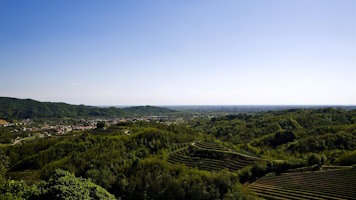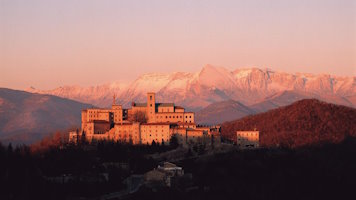

-
What to do
What to do
-
Points of interest
Points of interestAll points of interest
-
Activities
ActivitiesAll the activities
-
Points of interest
-
Where to go
Where to go












